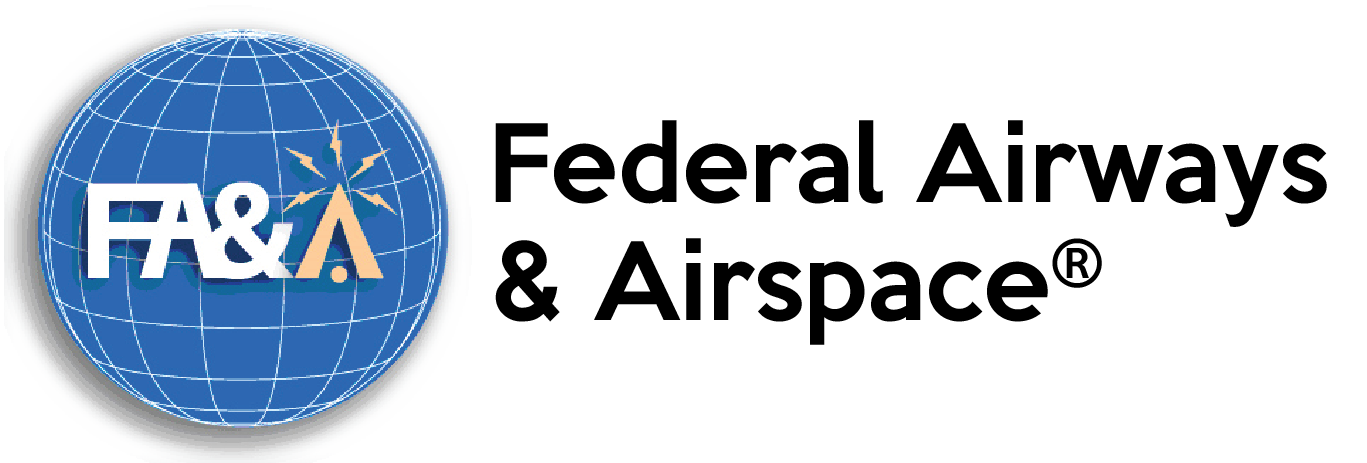TERPS Departure Changes
Change 19 to FAA Order 8260.3B
Change 19 to FAA Order 8260.3B modified the way departure surfaces are calculated. The old Zone 1 Departure is now called “Initial Climb Area” (ICA). It has the same shape and uses a 40:1 departure slope. However, new areas are now defined as Departure A and Departure B. The Departure A surface height starts at the elevation at the end of the ICA and extends some 26 nautical miles from the airport in non-mountainous areas and 46 nautical miles in mountainous areas. Departure A has a 40:1 slope but the start point of the distance measurement varies depending upon the location of the point being studied. Departure B starts 2000 feet from the start end of the runway (SER).
The goal is to provide a climb gradient so that 48 feet/nautical mile of obstacle clearance is achieved. This works out to a climb gradient of 200 feet per nautical mile. This is the criteria the Federal Aviation Administration (FAA) will base a hazard decision upon. There are several ways the FAA can achieve the 48 feet of obstacle clearance. One way is to mandate take-offs some distance before the departure end of the runway (DER). Another, is to specify a climb gradient greater than 200 feet per nautical mile. If a climb gradient greater than 200 feet per nautical mile is specified and you receive a hazard determination based upon the standard 200 feet per nautical mile you may have to recalculate the obstacle clearance over your site. Use that information to conduct discussions with the FAA to have them reconsider their initial hazard determination. You can also contact to represent your interests to the FAA in this matter.
Using TERPS Professional to analyze departure
The complete details for conducting departure analysis are covered in the Terps Users Manual excerpt at this link [departure ]
